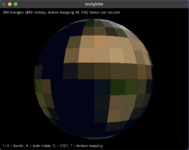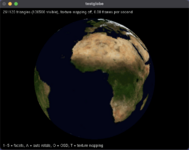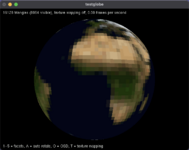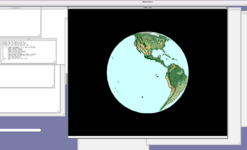thisisamigaspeaking
Active member
So I have Symantec Think C++ 7 installed and working in System 7.5.3. I have a project folder in my shared ("Unix") folder in Basilisk II. I can create a main.c. However, when I drag a .h file to the project folder from modern macOS, Think C doesn't seem to be able to use it. The file will show up in file selection dialogs if I try to open it the editor, but it will then say cannot open file. It is shown there in the folder. If I try to include the .h file from the main.c I am editing with Think C, the compiler will say the file can't be found.
I am guessing this is something to do with the resource fork because similarly if I look at the main.c that was created by Think C on my modern Mac, it's empty. How can I make a Unix .c or .h file available in System 7? Thanks.
I am guessing this is something to do with the resource fork because similarly if I look at the main.c that was created by Think C on my modern Mac, it's empty. How can I make a Unix .c or .h file available in System 7? Thanks.




